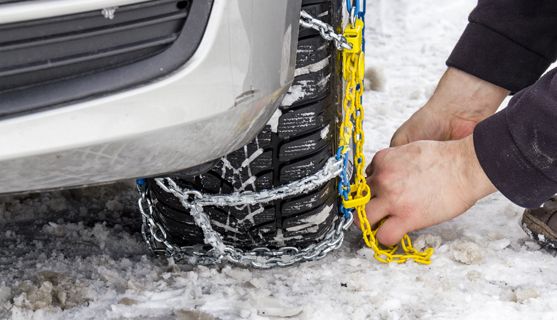This article was published more than 6 years ago. Some information may no longer be current.
All-season tires are a bad compromise. On snow, ice or cold pavement, the stopping distance of a car equipped with winter tires can be 30 to 40 per cent shorter than one with all-seasons. Since the force of a crash increases as the square of impact speed, this could be the difference between life and death.
Although it's the treads that you notice, the most important part of a winter tire is actually its rubber compound, which is designed to stay soft in freezing temperatures. Like a gecko climbing a sheet of glass, a tire sticks to the road by conforming to minute imperfections. The soft rubber treads of a winter tire are able to splay and wrap themselves around minute protrusions on cold pavement, or even on what may appear to be perfectly smooth ice. Summer tires, which are designed to operate in warm temperatures, harden as the temperature falls.
All-seasons, which must be designed for year-round use, cannot match winter tires in low temperatures.
Premium winter tires perform better than basic models. What you're paying for is the latest in rubber technology and tread design. What you get is traction that may be up to 15 per cent better than economy-model winter tires. If you want to see the difference between different grades of winter tires, go to an ice race. "The drivers with the premium tires are all out front," says Ontario racer and winter driving instructor Ian Law. "There's no comparison."
It's about temperature, not snow. Winter tires should be installed when you expect temperatures to fall to 7C or below. As the temperature falls, the rubber in summer and all-season tires becomes inflexible, killing traction. Watch the thermometer and use common sense, because no one will tell exactly when to put on snow tires (unless you live in Quebec, where the law dictates that your car be equipped with winter tires between Dec. 15 and March 15.)
15 and March 15.)
Winter tires should be narrower than summer models. Experts recommend that you go down one or two sizes when installing winter tires – if your car came with 215-mm-wide summer tires, for example, your winter tires should be 205 mm or 195 mm. Reducing the width of a tire increases the pressure it exerts on the surface beneath it – this helps the tire slice through snow and reduces hydroplaning.
Winter tires are designed to move water. When a tire presses down on snow or ice, it melts the top layer, creating a thin film of water (the same phenomenon that occurs as a skate glides across a rink). If the water isn't moved away from the area in front of the tire, the car will hydroplane. This is why winter tires are covered with grooves (including tiny channels known as "sipes") that move water away to the sides, allowing the tire to stay in contact with the surface.
All-wheel drive helps you accelerate, not stop. On slippery surfaces, vehicles with four driving wheels can accelerate better than those with two-wheel drive.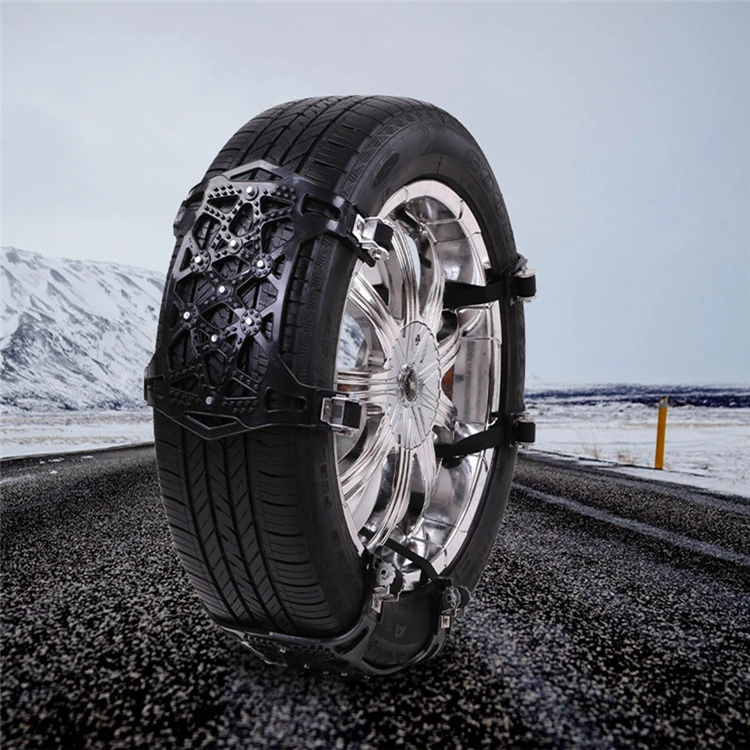 But their cornering and braking capabilities are little different than a two-wheel-drive model. When you're trying to stop or turn, the limits are determined by the traction capabilities of your tires, not the number of driven wheels.
But their cornering and braking capabilities are little different than a two-wheel-drive model. When you're trying to stop or turn, the limits are determined by the traction capabilities of your tires, not the number of driven wheels.
Black ice is not a death sentence. Good winter tires can stick to glare ice, but only if they are within their traction limits. If your car begins to slide, look straight down the road at where you need to go, and maintain a light grip on the wheel. As the car decelerates, you will gradually regain control as the rubber in your tires begins gripping surface imperfections on the ice. Slow speed and gentle control inputs will maintain traction.
The performance of winter tires has been significantly improved over the past decade by advanced rubber compounds that allow designers to make tires softer without sacrificing other critical properties, including wear and heat buildup as temperatures climb. Major manufacturers spend a lot of money on R&D. Jaap Leendertse, winter tire platform manager for Pirelli in Milan, Italy, told me the company has developed more than 300 compounds in the ongoing quest for the ideal winter tire.
Jaap Leendertse, winter tire platform manager for Pirelli in Milan, Italy, told me the company has developed more than 300 compounds in the ongoing quest for the ideal winter tire.
In the old days, winter tires came with deep, aggressive treads designed to paddle through deep snow. This made for a noisy ride and compromised stability, since the treads deflected under acceleration, braking and cornering loads. Current winter tire technology focuses on shallower treads with closely spaced grooves that carry away the water film created when the tire presses down on ice or snow.
Although testing makes it easy to see the performance advantages of a winter tire (you stop faster), the technology behind it is deceptively complex. Tire designers must consider a long list of factors, including tread stability and hysteresis (a process that generates heat as a tire repeatedly deforms and recovers as it rotates under the weight of a car).
We've redesigned the Drive section – take a look
I was getting my winter tires swapped recently and I wondered whether I really needed them in the Lower Mainland of BC, where we like to gloat to the rest of Canada about the mildness of our winters. After all, it hardly ever snows here. It turns out I hadn’t taken into account the importance of temperature, not just snow.
After all, it hardly ever snows here. It turns out I hadn’t taken into account the importance of temperature, not just snow.
Rubber is best known for being rubbery, which allows a tire to stick to the tiny imperfections in the road's surface. But below the glass transition point, rubber becomes hard, more like glass. If you’ve ever seen the Cold Show at Science World, you may have seen how even pliable rubber tubing can shatter upon impact after immersion in very cold liquid nitrogen. Based on this idea, hockey pucks are often frozen so they slide better. To give a good example of how dangerous this phenomena can be, Richard Feynman found out rubber O rings don’t do their job when they’re too cold, which contributed to the Challenger space shuttle disaster.
So-called all-season tires do not shatter below about 7 Celsius (45F), but they become somewhat less effective. Canadian Tire experimented with a white-walled tire that would turn blue when it got too cold—I guess for people who don't believe the weather reports. Even Vancouver has a monthly average temperature below 7 C, from November to March. “All-season” must refer to people who fly south for the winter. Apparently they are now, more honestly, called 3-season tires. More recent all-weather tires are supposed to be okay for some snow. If you are looking into tires, then you might consider those. For now, I will stick with my winter tires without studs (which wreck roads).
Even Vancouver has a monthly average temperature below 7 C, from November to March. “All-season” must refer to people who fly south for the winter. Apparently they are now, more honestly, called 3-season tires. More recent all-weather tires are supposed to be okay for some snow. If you are looking into tires, then you might consider those. For now, I will stick with my winter tires without studs (which wreck roads).
Various types of rubber, both natural and synthetic, go into making a tire. This about half of a tire's total weight. Each company has its own secret concoctions involving many different chemicals. Winter tires are made of rubber that remains flexible at lower temperatures, providing better traction. Premium, i.e., more expensive, tires tend to have better rubber.
The deeper treads on winter tires can bite into snow at first and then allow snow to accumulate. I would have thought that was not a good thing, but snow to snow friction actually helps with traction.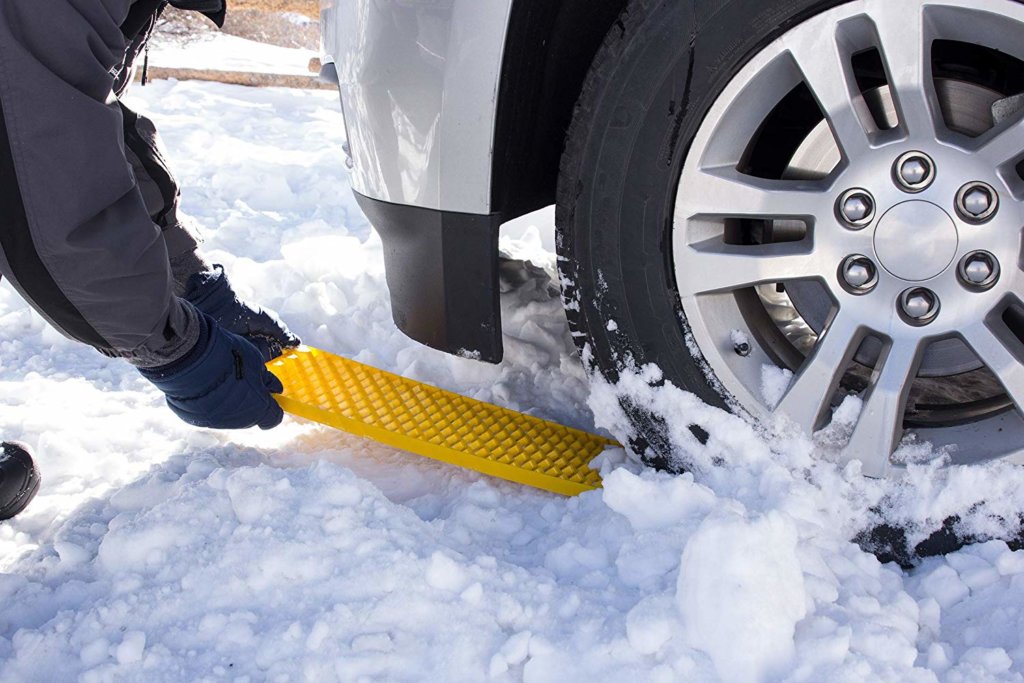 Then the treads can clear themselves of snow as they roll. The weight of vehicle on the snow creates a thin layer of water and the smaller cuts in the tire surface called sipes help grip the road and channel water away from the contact surface. All-seasons don't have as many because they tend to cause the tire to warm up more.
Then the treads can clear themselves of snow as they roll. The weight of vehicle on the snow creates a thin layer of water and the smaller cuts in the tire surface called sipes help grip the road and channel water away from the contact surface. All-seasons don't have as many because they tend to cause the tire to warm up more.
In addition to the surface properties of both the road and the tire, traction depends on the amount of force the tire exerts on the road. A narrower tire, increases the weight per unit of area, which I didn’t think about back when I bought my tires.
Even with proper tires, you still need to drive carefully and more slowly under poor weather conditions. Speed affects the amount of friction between the road and the tire. At slower speeds, when the tire is not slipping, it is exerting static friction. Anti-lock brakes allow the wheels to rotate instead of locking so it improves control. When the tire spins faster, it can slide and this dynamic friction is lower, which is not a good thing.
All the four-wheel drive vehicles on the road these days might make you think you don't have to worry about the snow. But all-wheel drive is helpful only with acceleration (so you’re less likely to get stuck). It is not helpful with stopping or turning, which depends mostly on the tires.
Speaking of four wheels, you might think you only need two winter tires, to be more economical. But this unevenness in friction will make the car more difficult to control. Penny wise, pound foolish.
Despite the benefits of the winter tires during the winter, you should take them off before it gets too warm because they can hinder the car’s performance in drier, warm weather and the softer rubber will wear out more quickly.
So if you drive in Canada, don’t rely on all-season or summer tires over the winter, even if you are in the Lower Mainland. If seeing is believing for you, check out this video comparing tires on custom made tricycles in an ice rink. If changing and storing tires is a problem, you might be able to get by with all weather tires. If money is the main issue, you could compare the cost of winter tires with the insurance deductible you’ll have to pay in the event of an accident. Of course, you could also just find other cheaper, safer, and more environmentally friendly ways to get around.
If changing and storing tires is a problem, you might be able to get by with all weather tires. If money is the main issue, you could compare the cost of winter tires with the insurance deductible you’ll have to pay in the event of an accident. Of course, you could also just find other cheaper, safer, and more environmentally friendly ways to get around.
So the winter period has come in most of Russia, which has brought and brings every year on the roads of our country an increase in accidents and a decrease in the average speed of vehicles. To our regret, not all motorists change summer tires to winter tires in time with the onset of winter. Moreover, many of them are well aware that by such inaction, they, ignoring the rules of the road, deliberately violate Russian law, endangering not only their own safety, but also the safety of other road users. Such unfortunate motorists are in no hurry to change their cars and believe that in winter you can easily and safely use the same summer tires. nine0005
Such unfortunate motorists are in no hurry to change their cars and believe that in winter you can easily and safely use the same summer tires. nine0005
In our today's material, we will not once again scare all those drivers who do not change and have not yet changed summer tires to winter ones. On this occasion, our thematic resource currently has enough similar materials. And there is a lot of such information on replacing seasonal tires on the Internet itself.
Today, dear readers, we will try to tell you and explain how summer tires differ from winter tires and naturally, from a scientific point of view, we will try to tell you in detail about the main aspect of this problem, namely, what happens at the molecular level with summer tires when frost and vice versa, which can happen with winter tires at high positive positive temperatures. nine0005
We hope that our story will not seem too boring and intricate to you. For our part, we also believe that this editorial material will help convince many motorists and force them to finally stop using summer tires in the winter.
Many of our motorists assume that summer tires basically differ from winter tires only in the tread. This is partly true, but not entirely. After all, the tire tread plays an important role in gripping the road and just at different times of the year. nine0005
But you also need to know that the tread itself is not the main difference between summer and winter tires. What is most important for tires is in what temperature range they retain their effectiveness and their technical characteristics. After all, probably many of you know that summer tires usually become very stiff at low temperatures. But why is this happening, which of you gentlemen can answer ..?
Yes, many motorists know that all this is due to the different filling composition of rubber used in summer and winter tires. But few of you know what process actually takes place in summer tires in the cold, and even more so, few people understand what chemical process takes place in winter tires when the positive temperature rises. nine0005
nine0005
We will try to explain this to you now.
To begin with, we advise you to watch the video clip of a foreign video blogger, who, in a traditional manner for himself, decided to scientifically explain and show the existing difference between summer and winter tires to his subscribers:
do not know English.
Winter tires, unlike summer tires, do not lose their flexibility in cold weather, and due to the special chemical composition contained in rubber, they allow maintaining high grip on the road. Summer tires act differently, they provide optimal grip only at high temperatures. The point here is the following. At high temperatures, the rubber compound of summer tires becomes more sticky and viscous.
There are, as you know, all season tires. This is something between summer and winter tires, which also provide optimal grip on the road surface in a certain range of positive and negative temperatures.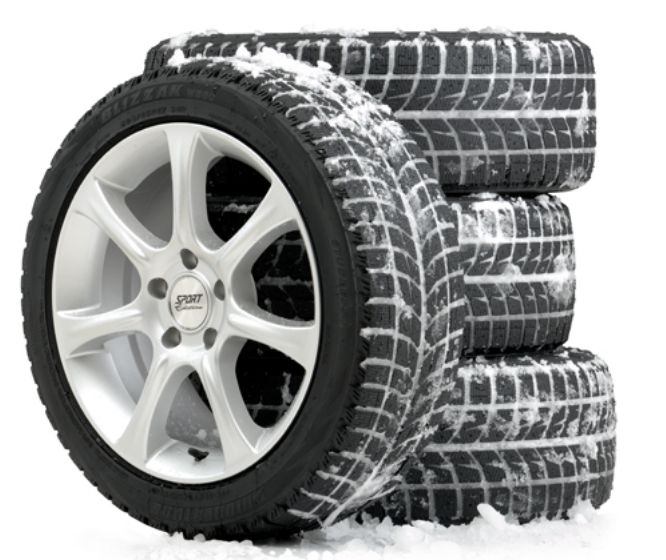 But unfortunately, there is nothing perfect in the world today. Therefore, the so-called all-season tires cannot provide the car with the maximum grip on the road at high positive plus and at too low sub-zero temperatures. nine0005
But unfortunately, there is nothing perfect in the world today. Therefore, the so-called all-season tires cannot provide the car with the maximum grip on the road at high positive plus and at too low sub-zero temperatures. nine0005
We all probably know that car tires were created on the basis of rubber. This is how it is even now in our time. The rubber itself is an amphora polymer, which, depending on the temperature, can be in three states, namely:
For example, at a temperature of -70 -72 degrees rubber passes from an amorphous state to a crystalline state (crystallization occurs). True, this process itself does not occur instantly, but gradually. At such a low temperature, rubber completely loses its plasticity and passes (the so-called phase transition) into a glassy mass.
The fluidity of natural rubber begins to occur at a temperature of plus 180 - 200 degrees .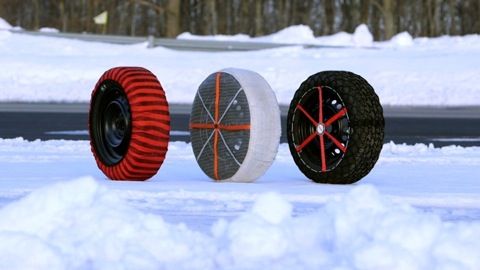 Thus, the higher the ambient temperature, the softer and more ductile the rubber becomes. nine0005
Thus, the higher the ambient temperature, the softer and more ductile the rubber becomes. nine0005
If you heat rubber to plus 250 degrees , then it will decompose into gaseous substances and liquid products.
Like other polymers, rubber begins to change its chemical properties due to a phase transition to a certain temperature. True, these changes occur gradually, that is, as the temperature decreases or increases.
What is the transition temperature of rubber? The answer is that this is the temperature at which rubber molecules stop moving freely, which ultimately leads to a decrease in the energy properties of the molecules themselves. The less rubber molecules move, the less heat they radiate. nine0005
Due to the low energy properties of the molecules, the rubber composition becomes less plastic.
That is, speaking in a simple and understandable language, hardening or vitrification of the rubber begins to occur and therefore the friction between the rubber itself and the road surface decreases, which naturally leads to a decrease in the grip of the car with the road.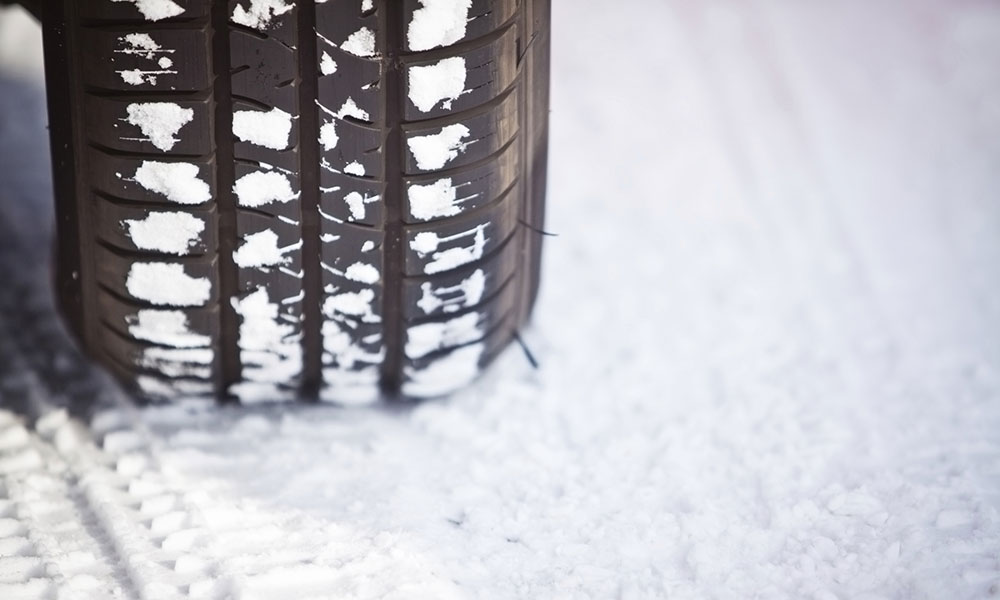
Here's what happens to summer tires in the cold
As you already know, there is a big difference between summer and winter tires in the chemical composition of tires. This is done on purpose so that each rubber has its own phase temperature transition.
Summer tires have a not very low temperature threshold at which rubber molecules begin to affect its plasticity.
For example, rubber molecules in summer tires change their original properties, which affects the plasticity of tires, already at positive positive temperatures of about 4 to 7 degrees .
Accordingly, the higher the temperature, the better the grip on the road surface. As you already understood or guessed, at negative temperatures, the efficiency of summer tires will drop significantly, and first of all this will happen due to a decrease in the plasticity of rubber (the glass transition process begins in rubber), and secondly due to a decrease in tire adhesion to the road.
Winter tires, on the contrary, have a low phase transition threshold. This allows it to maintain maximum traction (due to more friction with the road) even at very low freezing temperatures. nine0005
Do you know, friends, that positive temperatures can also have a negative effect on rubber ..? The point is as follows - as the positive temperature increases, rubber, becoming more plastic, begins to wear out faster. This is due to the increased grip on the road. That is, at high positive temperatures, the rubber itself simply becomes sticky.
As you have already understood from what we said above, winter and summer tires have different points of temperature phase transition with an increase in positive positive temperature. For example, in winter tires, the phase temperature point, where the rubber molecules begin to move freely, is in a positive value not far from 0 degrees. nine0005
Accordingly, at a positive plus temperature outside, this winter tire becomes too sticky much earlier than the same summer tires, which have and contain a completely different polymer composition.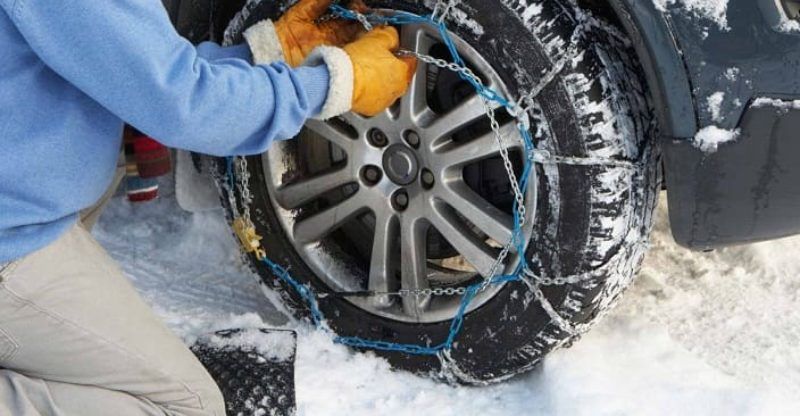
As a result, it turns out that at high positive temperatures, winter tires will wear out faster than summer tires.
That is why it is impossible for friends to create and make universal tires that would be suitable for use in a wide range of operation, both at negative and at positive temperatures. Therefore, tire manufacturers for each season use their own chemical composition of rubber, which provides tires with optimal performance in a certain temperature range. nine0005
By the way, it should be noted that even external factors do not affect this temperature range. For example, when driving in the rain with summer tires, the temperature range for optimal tire performance generally does not change.
Also, we all know that summer tires provide better grip when driving in the rain, and all thanks to their special tread, which allows you to remove excess water (moisture) from under the wheels, which in turn protects the car from hydroplaning in such a situation.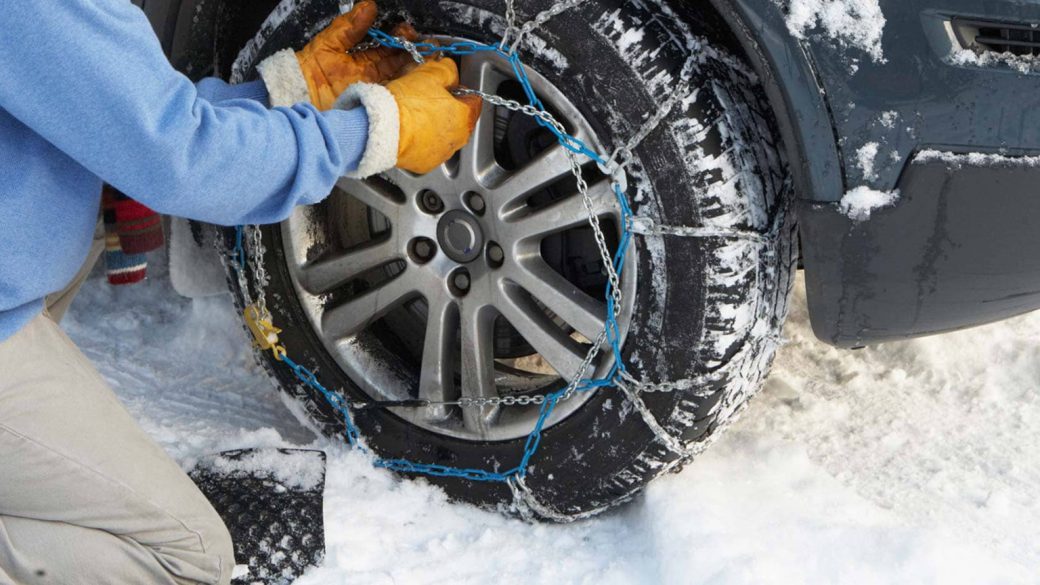 nine0005
nine0005
Among other things, the tread of summer tires has a special configuration that gives the car a certain grip at speed when cornering.
In general, the task of these summer tires is to provide the car with maximum grip on the road, both on dry pavement and on wet roads.
Unfortunately, winter tires have a different tread, which is designed specifically for driving on slippery road surfaces, on ice, and also on snow. nine0005
By the way, new winter tires have a deeper tread than the same new summer tires. This is necessary for them to more efficiently move through the snow.
Due to the depth of the tread, winter tires provide better grip on snowy surfaces when compared to summer tires, which inherently have a shallow tread unlike summer tires.
And last. Many winter tires are additionally equipped with spikes or zigzag grooves on top of the tread, this is done for better grip on ice. For example, the special tread surface of winter tires provides better grip on snow or ice.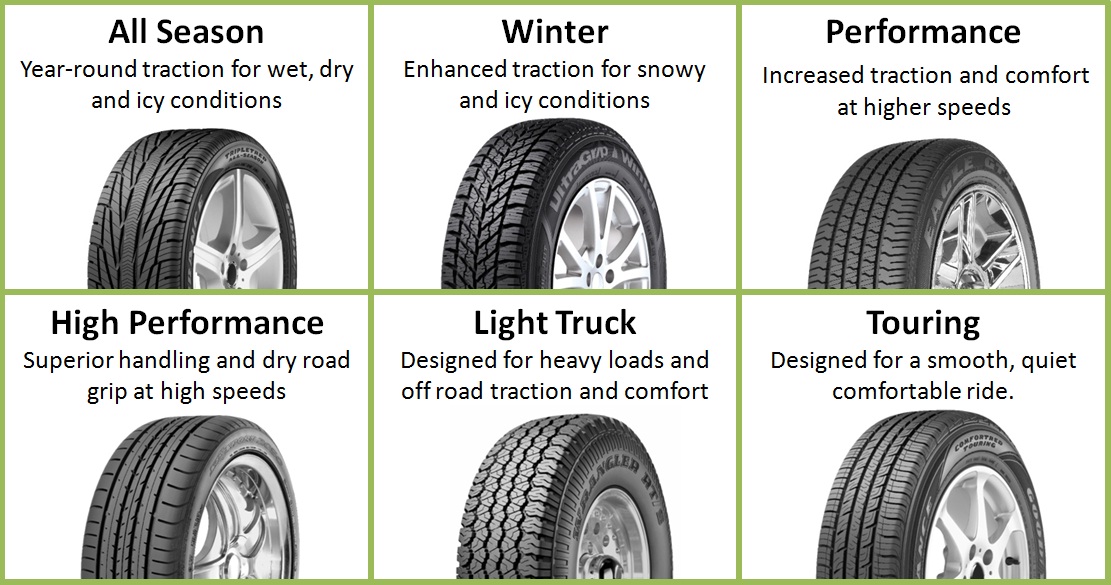 nine0005
nine0005
A car tire, with external simplicity, is a high-tech product. We have already talked about what it represents for chemists and how tire material production technologies have developed. This time, together with Toyo Tires, we will understand physics and how important such seemingly trifles as a tread pattern are.
There are several requirements for any wheel, be it the wheel of a suitcase or the wheel of a platform for taking a space rocket to the launch site. It, firstly, must withstand the load, and in different directions. Secondly, it must have a sufficient contact area with the support. Finally, it should not lose grip on the surface and, with all the above requirements, should have a size that is reasonable for its function. nine0005
The list of requirements for car tires is even longer. The tire must also lose as little energy as possible due to rolling friction and maintain traction not only when maneuvering, but also when driving on snow, ice and puddles. Proper tire design saves a few percent fuel due to less rolling friction.
Proper tire design saves a few percent fuel due to less rolling friction.
There is one more thing. The level of noise generated by cars is regulated in most countries, and noise from tires is separately limited. At high speeds, it is the tires that produce the main noise of the car, and not the engine - and the noise of the same car at the same speed in different “shoes” can differ by a dozen decibels. nine0005
GOST R 41.51-2004, which has been in force since 2005 in Russia, indicates that a passenger car should not create noise louder than 74 decibels. And a separate standard, GOST R 52800-2007, prescribes a method for measuring just “tire” noise when driving with the engine off.
72 decibels maximum for European tires. Such noise corresponds to a loud conversation between two interlocutors, although before the tires were even more noisy: in the 90s, values \u200b\u200bof 75 to 80 decibels came across, that is, at the level of a scream or a vacuum cleaner turned on at full power.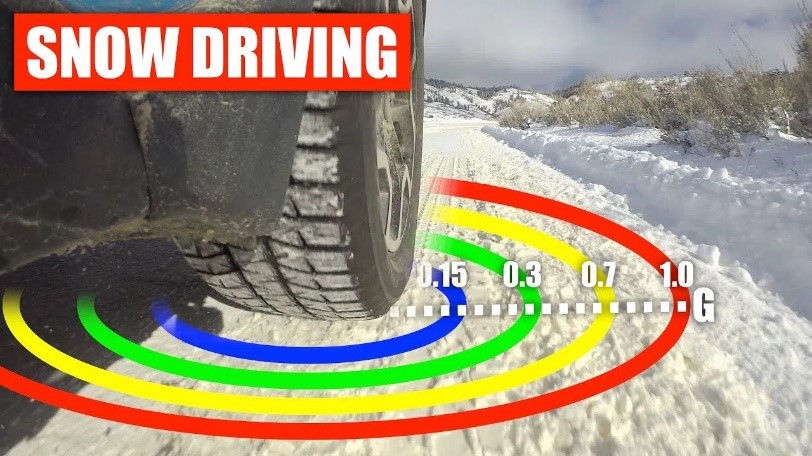 nine0005
nine0005
Today, a typical quiet tire generates about 70 decibels of noise. At the same time, the difference between 72 and 70 decibels is actually not three percent, but 1.26 times, if we count in terms of sound pressure: the decibel scale is not linear, but logarithmic and is designed so that a difference of 20 decibels expresses a tenfold difference in sound pressure. pressure.
So there is the same difference between a normal silent bus and a loudness limit bus that separates just talking loudly from screaming. nine0005
To reduce the noise of the highway outside the window, you can either limit the flow of cars, or simply “change their shoes”: putting 70 decibel tires on all vehicles will achieve the same effect as reducing the flow by a quarter. And without compromising the car's handling, fuel economy, speed, or even the extra cost, quiet tires often cost the same.
Studies conducted at the beginning of the 21st century showed that the noise level can be reduced without losing all other qualities, without forcing car owners to pay especially extra for quiet tires.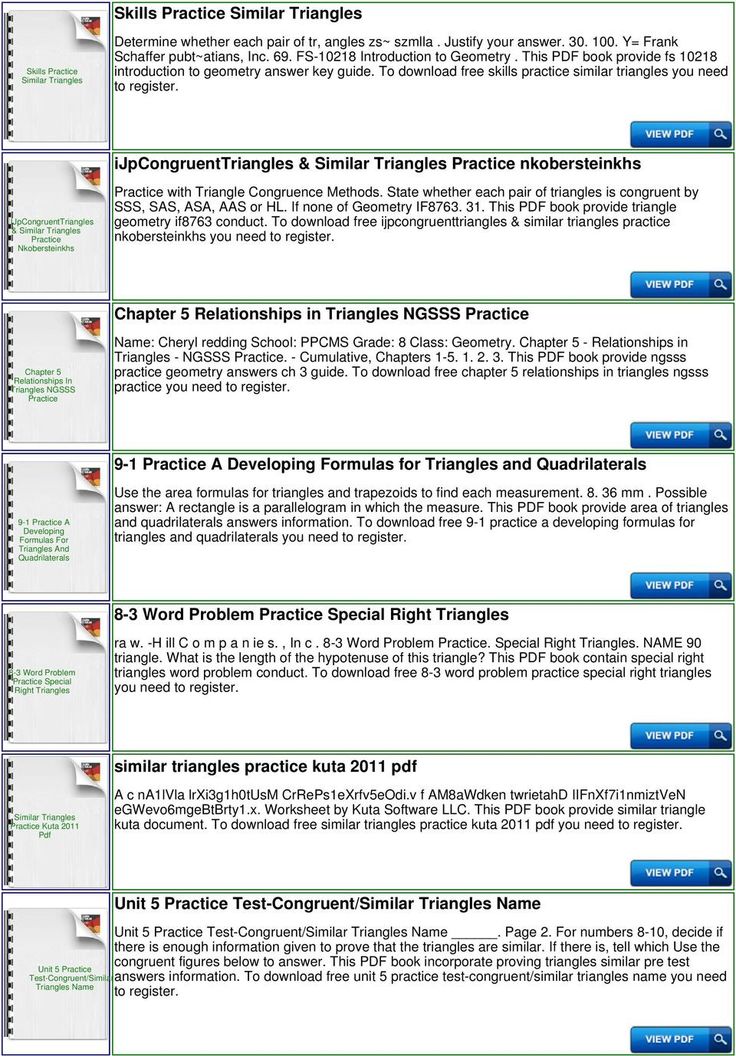 nine0005
nine0005
To understand what makes a quiet tire quiet, you first need to understand where the noise comes from.
The surface of the wheel of an ordinary car (not a racing car or a swamp vehicle) has a characteristic pattern of thin grooves in the rubber layer: these grooves are needed to drain water from under the wheels of a car driving on wet roads.
The grooves prevent the formation of a continuous film of water under the wheel and thus prevent hydroplaning : the effect in which the wheel loses contact with the road and begins to slip. The grooves make it so that the wheels throw water to the side - so their pattern often resembles a herringbone or a series of slanted strokes. nine0005
In addition to relatively wide grooves, any modern tire also has sipes - thin slots that are not so effective in removing water, but play an important role in ensuring the mechanical properties of rubber. Properly cut rubber flexes better and grips the surface more effectively than a monolithic tread.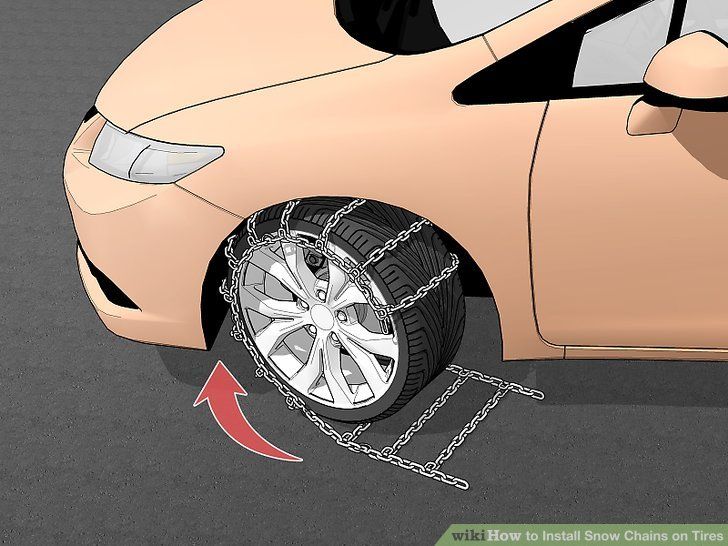
However, when driving on dry roads, the grooves and, to a lesser extent, the sipes push air, not water, out from under the wheel, creating a characteristic noise. With the simplest pattern with an equal distance between the sipes and grooves, an even rumble occurs, the frequency of which is determined by the frequency of the tread pattern and the speed of movement. nine0005
Since it is impossible to get rid of grooves and lamellas, designers go for other tricks. For example, all the protrusions and depressions on the tread are placed at different distances from each other and then the monotonous rumble becomes less unpleasant and quieter: the tire creates the same amount of air vibrations, but they sound at different frequencies, and the same energy is smeared across the spectrum.
The pattern on the tires is not the only reason for noise, however. The tire itself - and this is a toroidal chamber filled with pressurized air - is an excellent resonator. This also contributes to noise: here, for clarity, we can recall a guitar, where the sound source, the strings, are fixed on a hollow body. And with a tire, everything is even worse than with a guitar, due to the fact that air currents walk inside the rotating chamber, which add volume to our wheel. nine0005
This noise - and now we are talking about technology that is literally at the forefront of tire construction, not yet in mass production - can be suppressed by a special mesh structure inside the chamber. It, firstly, reduces the speed of air flows inside the wheel, and secondly, reduces the quality factor of the resonator. The quality factor in the physics of oscillations is a measure of how slowly the oscillations in the system decay, and the higher the quality factor of the hollow chamber, the less the attenuation of the sound and the more booming it will turn out to be. nine0005
The quality factor in the physics of oscillations is a measure of how slowly the oscillations in the system decay, and the higher the quality factor of the hollow chamber, the less the attenuation of the sound and the more booming it will turn out to be. nine0005
The fight for noise reduction, however, began, by historical standards, recently. Back in 2001, scientists had to analyze in detail the misconceptions about the sources of noise from road transport and prove that it is not so much the engine that makes noise, but the tires: for this, many experiments had to be done with cars that, with the engine turned off, drove past racks with microphones.
But the problem of strength and stability worried designers from the very moment when in 1890's started making tube wheels with rubber tyres.
The grooves and sipes are often referred to as the tread, although the tread is actually the part of the tire that contacts the road and protects the tube from damage. The tires of the Formula 1 cars (as well as the second fastest auto racing series, IndyCar) are devoid of such relief details, they are absolutely smooth, but at the same time they have a very impressive tread - the “formula” rubber is thicker, since the usual road tire on the wheel of the car, whose pilots experience g-forces of up to 5g during braking, would have burst long before the first pit stop. nine0005
The tires of the Formula 1 cars (as well as the second fastest auto racing series, IndyCar) are devoid of such relief details, they are absolutely smooth, but at the same time they have a very impressive tread - the “formula” rubber is thicker, since the usual road tire on the wheel of the car, whose pilots experience g-forces of up to 5g during braking, would have burst long before the first pit stop. nine0005
Grooves prevent hydroplaning, but at the same time reduce the contact patch between the wheel and the road. The coefficient of sliding friction - and the higher it is, the better the grip on the surface - the "slick", that is, a smooth tire, is higher. In racing circuits, where tires don't last more than a couple of hundred miles, grooved tires are ideal (and in the rain, pilots go to the pits for rain rubber with a familiar pattern), but ordinary cars need a compromise between dry grip and rain grip. nine0005
With a slick on wet pavement, the coefficient of friction drops almost tenfold, from 0.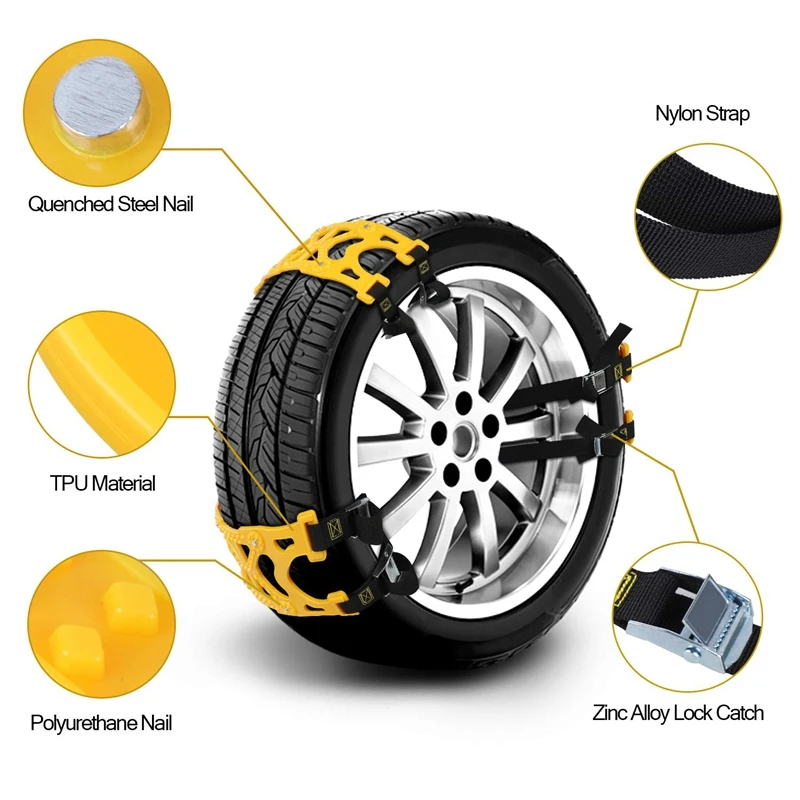 9 to 0.1 - and therefore, drivers who are not waiting around the corner for a team of mechanics, it is preferable to have tires that are only slightly worse on dry pavement, but many times better in the rain. A typical tire has a friction coefficient of 0.4 on wet surfaces and 0.7 on dry surfaces. However, these figures are quite approximate, because even the asphalt on different roads can differ significantly.
9 to 0.1 - and therefore, drivers who are not waiting around the corner for a team of mechanics, it is preferable to have tires that are only slightly worse on dry pavement, but many times better in the rain. A typical tire has a friction coefficient of 0.4 on wet surfaces and 0.7 on dry surfaces. However, these figures are quite approximate, because even the asphalt on different roads can differ significantly.
In our latitudes, the matter is not limited to rain alone: roads are often covered with snow and covered with ice. Therefore, in addition to sipes and grooves, a winter tire may have protrusions. This significantly increases its volume, increases fuel consumption and reduces the car's handling on dry roads - but increases it when driving on snow. nine0005
The grooves on winter tires are noticeably wider and are designed not so much to remove water from under the tire, but to compact and grip the snow - a ribbed wheel rolling through the snow works like a gear moving along a gear rack.
Tractor and all-terrain wheels go even further and, as a rule, refuse grooves in principle: instead of them, a wide tire is surrounded by ribs that can catch even on viscous soil. On the track, equipment shod in such wheels will feel completely uncomfortable, but tractors and mining dump trucks are not familiar with the problem of aquaplaning, excessive noise and losses due to air resistance when driving fast. nine0005
Tires with metal studs stand out - they provide the best grip on ice, but are noisier and less fuel efficient. The noise from them is usually several decibels higher than from conventional tires, but at the same time the coefficient of sliding friction on ice grows from 0.15 to 0.2 typical for conventional tires.
However, it is not necessary to talk about exact values - for example, "such a solution reduces the braking distance by 45.5 percent". Different cars have different brakes, differ from each other in mass, and often braking started on a patch of snow can continue on ice, and then move on to slush - what accurate measurements are there. Yes, and drivers are also different - someone went through an extreme driving school in the winter, and someone just passed his driving license yesterday, and he studied on a completely different car. nine0005
Yes, and drivers are also different - someone went through an extreme driving school in the winter, and someone just passed his driving license yesterday, and he studied on a completely different car. nine0005
The new tires are born from both complex computer simulations (a flexible body with a complex three-dimensional shape is quite difficult to calculate) and tests that take into account not only exact indicators, such as stopping distance, but also the subjective assessments of test drivers. Good braking on snow should not be at the expense of handling on dry pavement, otherwise driving on a real winter road will not be easier, but more difficult.
Rubber, despite all the technological tricks (up to the use of a synchrotron in the design), does not hold the rupture load well. Therefore, a cord is laid inside the rubber tire: a fabric, polymer or even metal base, and the mass of this base often exceeds the mass of the rubber visible from the outside.
For greater strength, the cord is multi-layered. The orientation of the threads determines the type of tire: radial or diagonal. The diagonal cord wraps at a 45-degree angle and is difficult to get to press the outside of the tire against the hub; radial allows you to make a low-profile tire, but the sidewall is a more vulnerable spot, and the manufacturing process of radial tires is somewhat more complicated. nine0005
Low-profile radial tires give a larger footprint and, being stiffer, are more economical and lighter. However, at the same time, increased rigidity not only reduces deformation losses, but also transmits shocks more noticeably when hitting bumps.
In Formula 1, radial tires replaced diagonal tires back in the 70s, and today all passenger modes of transport have followed suit. Bias tires are now used only where greater resistance to side damage (when colliding with a sharp object from the side) is more important than silence, economy and low weight. nine0005
A timber truck, for example, is more interested in off-road capability and resistance to sharp wood chips and stumps than in highway efficiency.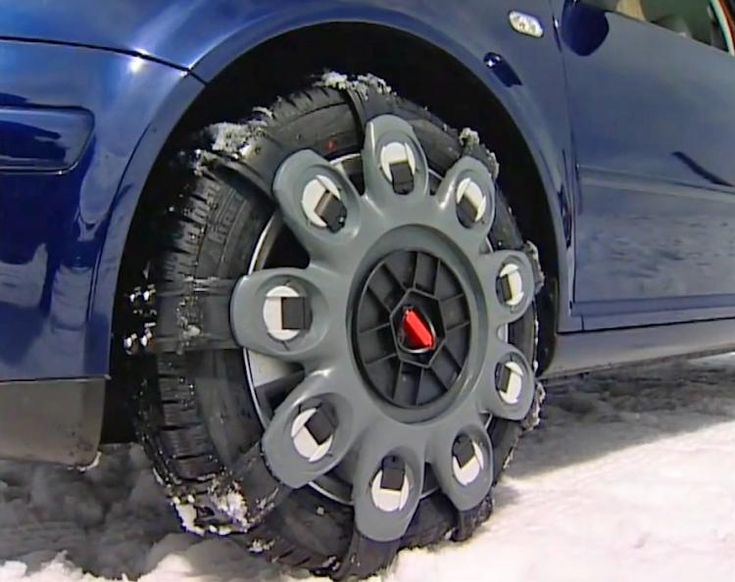 In addition, such a tire is easier to manufacture and then repair.
In addition, such a tire is easier to manufacture and then repair.
Inside a modern radial tire is not just a multilayer cord, but a complex structure: between the main carcass and the tread there is an additional layer of polymer fibers or steel wire. An additional shell is also laid on the side to prevent both the formation of hernias (bulging out of the inner layers) and damage when hitting obstacles. nine0005
Strong protection allows the tire to withstand even hitting sharp objects, and the smaller cord thickness on the sides is an advantage not only due to the lightening of the entire wheel. In addition, the stiffness of the tire improves handling in corners, because the wheel must not lose its shape even when a significant lateral load is applied.
The lightening of the wheel provided by the transition to a radial design should not be discounted: the energy of the body in mechanics is the sum of the kinetic energy of the movement of the center of mass (mV 2 /2), potential energy (increases as you go uphill, mgH) and the rotational energy of all those parts that can rotate.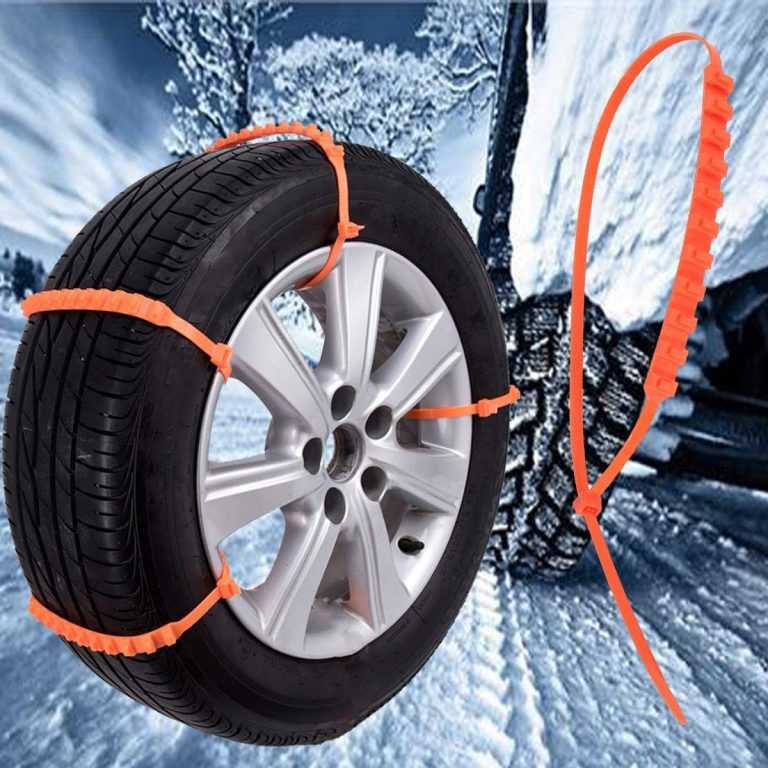
For a car traveling at a speed of about 72 kilometers per hour, the rotational energy of the tires, excluding the disks, will be approximately 10 percent of the total energy of the entire moving car - which means that 10 percent of the engine's energy during acceleration is spent on spinning the tires. Lightweight discs (that is, not solid ones) are also designed to partly improve dynamics by getting rid of wasted spinning mass. nine0005
The thinner walls of a radial tire provide better cooling - and the wheel heats up due to constant deformation, compression of the air inside and just sunlight. Air, on the other hand, is a gas that expands when heated or, if it has nowhere to expand, increases the pressure in the chamber: in a particularly unfortunate set of circumstances, the chamber may explode.
The air itself, compressed under pressure of several atmospheres (up to 9 if it is a freight transport) is a threat, so even a tire that explodes in a parking lot or separately from a car is not just an unexpected pop, but also a risk of serious injury or even death person who happened to be nearby.